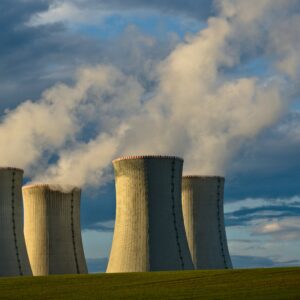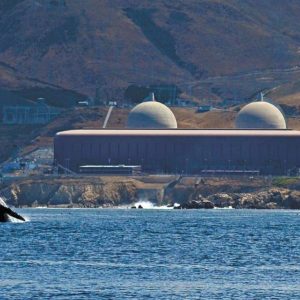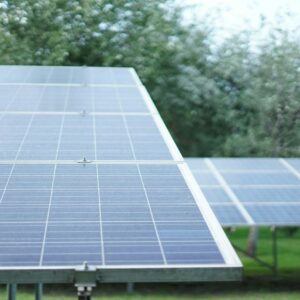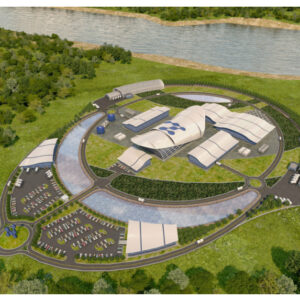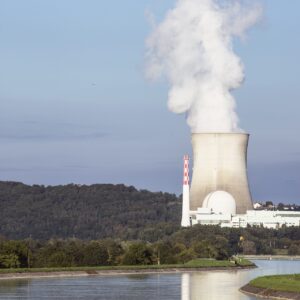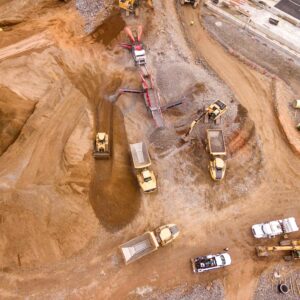Constellation Energy has been awarded a record $1 billion in contracts to supply nuclear power to the U.S. government over the next decade, the company said on Thursday. Constellation, the country’s largest operator of nuclear power plants, will deliver electricity to more than 13 federal agencies as part of the agreements with the U.S. General...
Biden signs bill into law allowing Arizona utility SRP to progress 2GW pumped hydro project
US outgoing President Joe Biden has signed a bi-partisan bill into law allowing Arizona utility Salt River Project (SRP) to construct a pumped hydro energy storage project. SRP has been considering expanding its pumped storage projects on Arizona’s Salt River reservoir system. It has evaluated two potential sites for such facilities above Apache Lake. The...
CPUC approves $723 million in ratepayer costs to extend life of Diablo Canyon nuclear plant
The California Public Utilities Commission has approved $722.6 million in ratepayer costs to cover the continued operation of the Diablo Canyon Power Plant — the state’s only functioning nuclear energy source. The plant was scheduled to begin shutting down in November, but its lifespan was extended in a last-minute legislative deal struck by Gov. Gavin...
Qcells says technology breakthrough could reduce space needed for solar panels
Hanwha Corp’s Qcells said on Wednesday it had made a breakthrough in an emerging solar technology that has the potential to reduce the amount of space required by panels that generate power from the sun’s rays. Space is among the most pressing issues for the rapidly growing solar power industry, which has encountered growing opposition...
Chris Wright Poised to Restore U.S. Energy Dominance at DOE
In 2017, I met the CEO of a major German manufacturing company. The CEO was envious of the U.S. and its position as an energy powerhouse. Our development of oil and gas had made energy so abundant and affordable that he was exploring opportunities to open new manufacturing facilities in the U.S. On the Senate...
Vineyard Wind Resumes Turbine Blade Installation Following Five-Month Suspension
Vineyard Wind has resumed turbine blade installation on its offshore wind farm, marking the first such activity since a blade broke off earlier this year. Vineyard Wind and government officials confirmed that the work commenced on Saturday, and three blades were successfully installed over the weekend. The resumption follows a five-month hiatus after a catastrophic...
DOE Releases Three Funding Opportunities for R&D of Electricity Grid Technologies
The U.S. Department of Energy’s (DOE) Office of Electricity (OE) has released three Notices of Funding Opportunity (NOFOs) worth about $18.4 million for programs to support research and development of electricity grid technologies. The programs will reduce the cost of HVDC circuit breakers, improve risk assessment and communication for grid operators, and ensure communities respond...
Ten of the World’s Leading Small Modular Reactor Companies
Small modular reactors (SMRs) are disrupting conventional notions surrounding nuclear power. Smaller, more compact, and producing minimal emissions, this innovative alternative to traditional nuclear power is receiving more public and private sector attention as governments scramble to meet global energy needs reliably and responsibly.
Japan Sees Nuclear as Cheapest Baseload Power Source in 2040
Nuclear power is forecast to be the cheapest baseload electricity source in Japan in 2040, highlighting the government’s desire to restart the nation’s idled reactors. The cost of constructing and operating a new nuclear power plant for 2040 is estimated at 12.5 yen ($0.08) per kilowatt-hour, according to documents released from a trade ministry panel meeting on...
U.S. Department of Energy invests $17M to shore up Americas energy security with robust supply chain for critical materials
The U.S. Department of Energy (DOE) today announced an investment of $17 million across 14 projects that will accelerate critical materials innovation while promoting safe, sustainable, economic, and efficient solutions to meet current and future supply chain needs. The projects, which span 11 states, are strengthening and streamlining manufacturing for high-impact components and technologies such...
